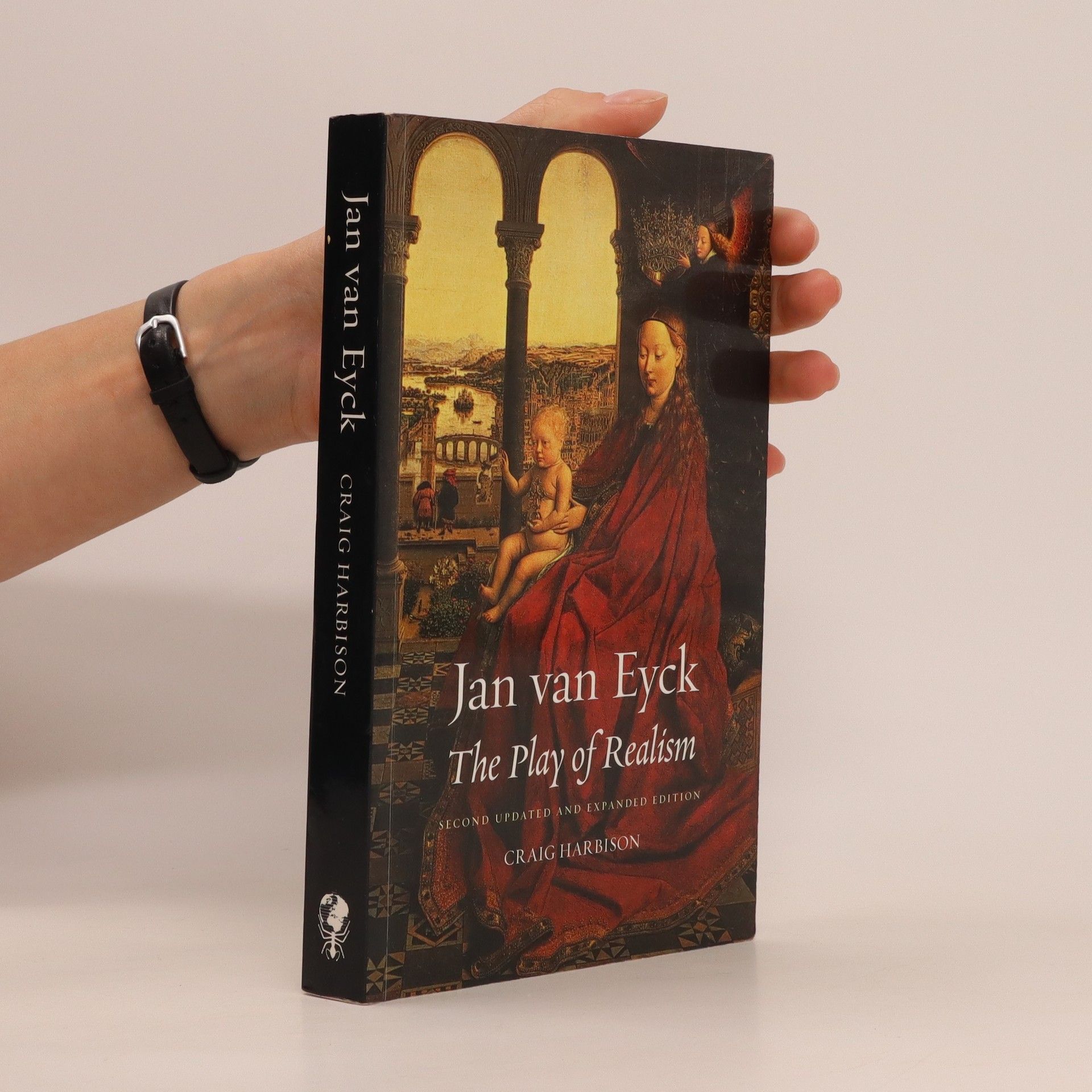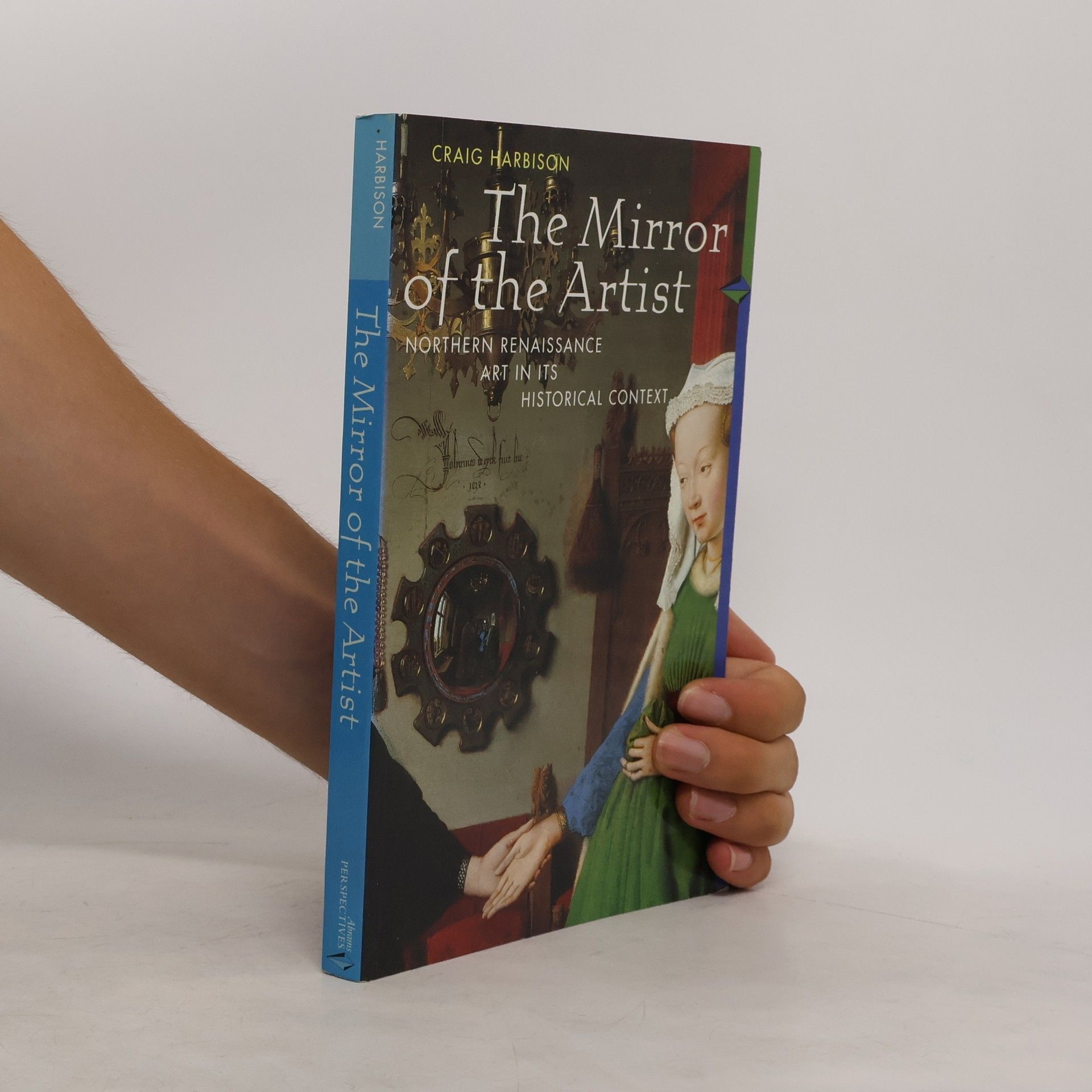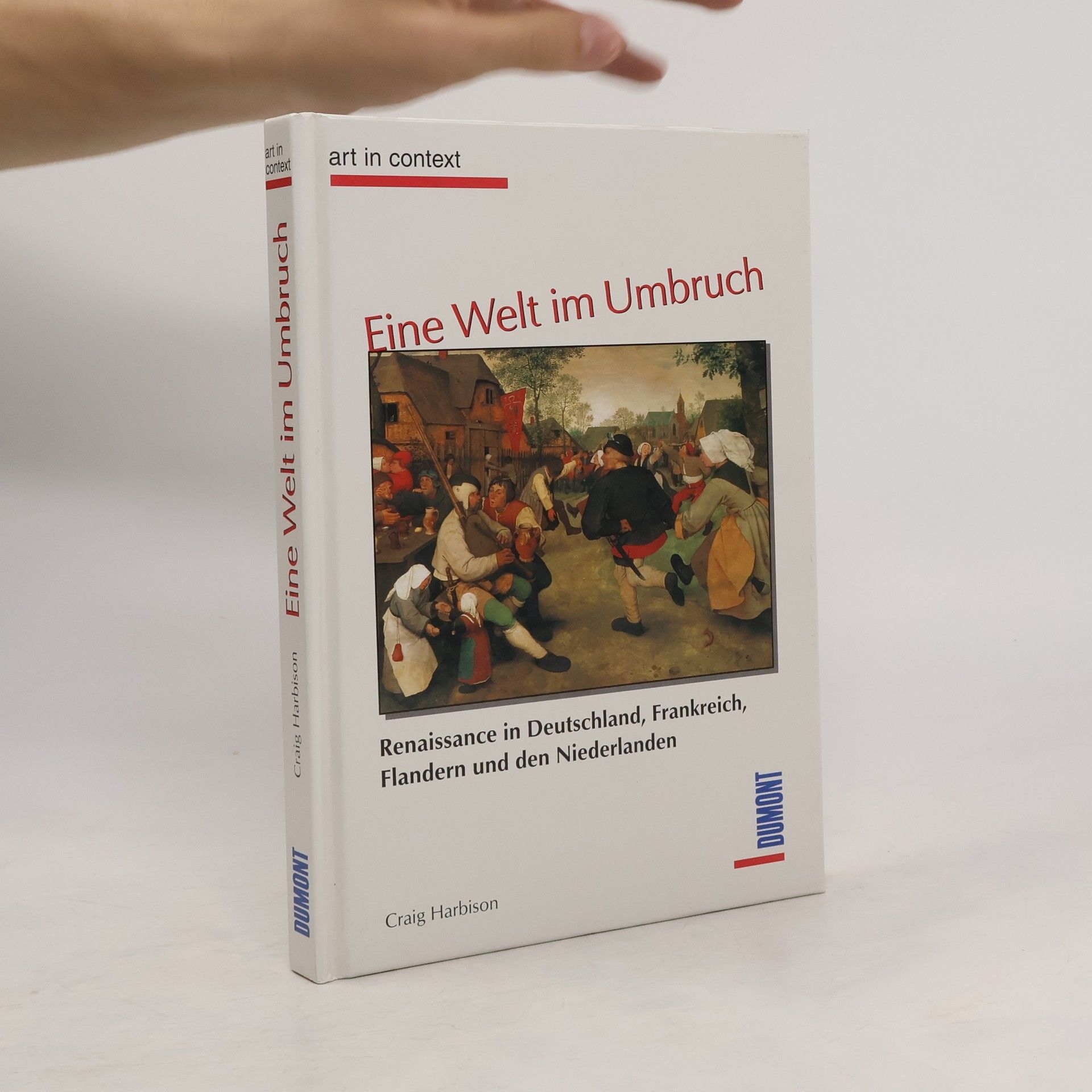Craig Harbison Bücher



In this series accomplished authors accurately cover a range of subjects using up-to-date methodologies and impressive visual formats. This is the first book to present a broad overview of the art of the Renaissance from Northern Europe within its historical context. KEY TOPICS: It includes well known works and artists as well as a diverse selection of novel and intriguing images. It discusses issues and ideas of interest today, such as the status of women, elite vs. popular inspiration, and art as an instrument of propaganda, among others and provides comprehensive coverage of the Netherlands, Germany, and France in the 15th and 16th centuries.
Jan van Eyck : The Play of Realism
- 317 Seiten
- 12 Lesestunden
The surviving work of Flemish painter Jan van Eyck (c. 1395–1441) consists of a series of painstakingly detailed oil paintings of astonishing verisimilitude. Most explanations of the meanings behind these paintings have been grounded in a disguised religious symbolism that critics have insisted is foremost. But in Jan van Eyck, Craig Harbison sets aside these explanations and turns instead to the neglected human dimension he finds clearly present in these works. Harbison investigates the personal histories of the true models and participants who sat for such masterpieces as the Virgin and Child and the Arnolfini Double Portrait. This revised and expanded edition includes many illustrations and reveals how van Eyck presented his contemporaries with a more subtle and complex view of the value of appearances as a route to understanding the meaning of life.